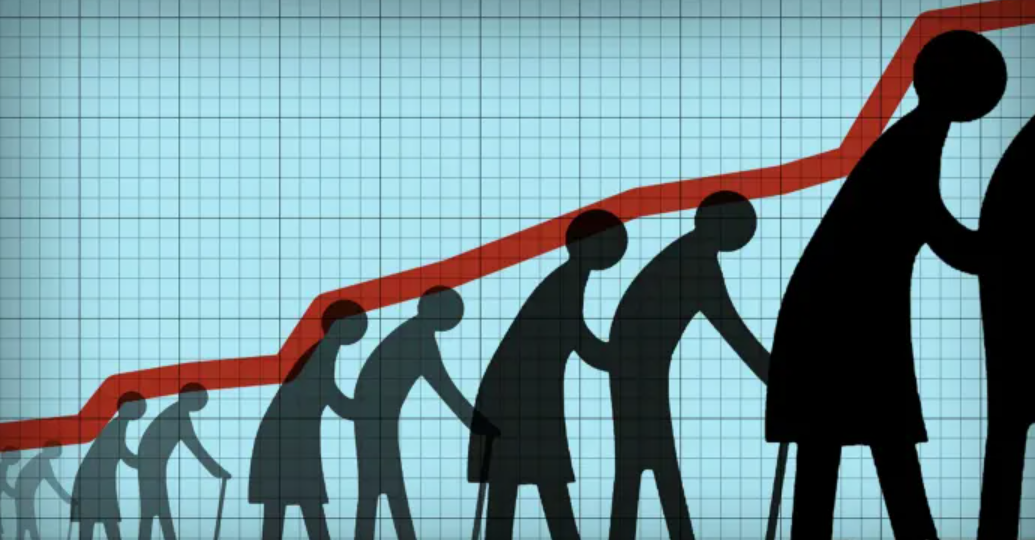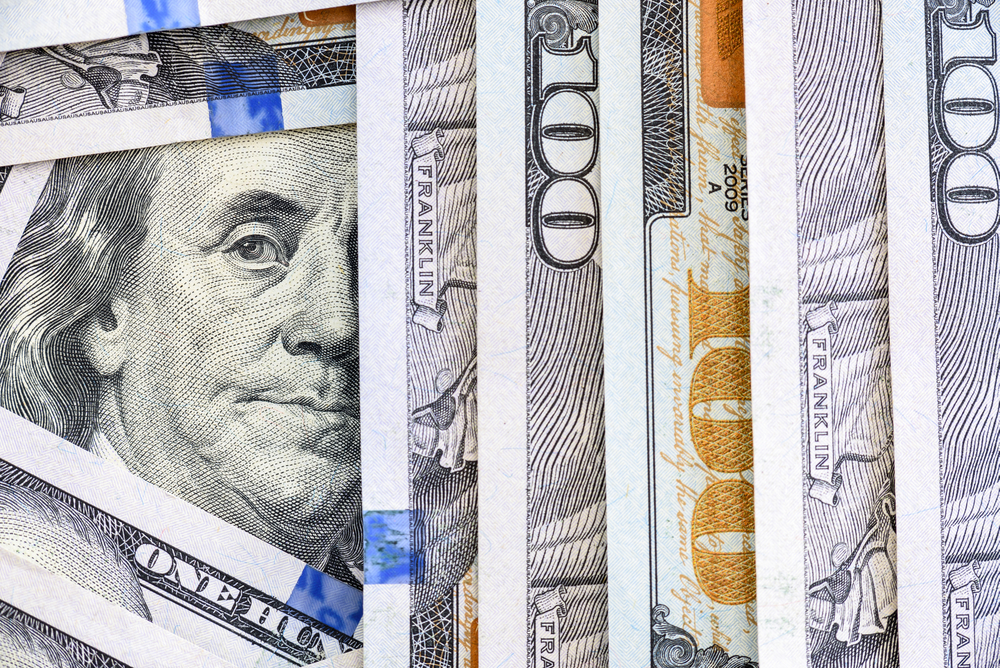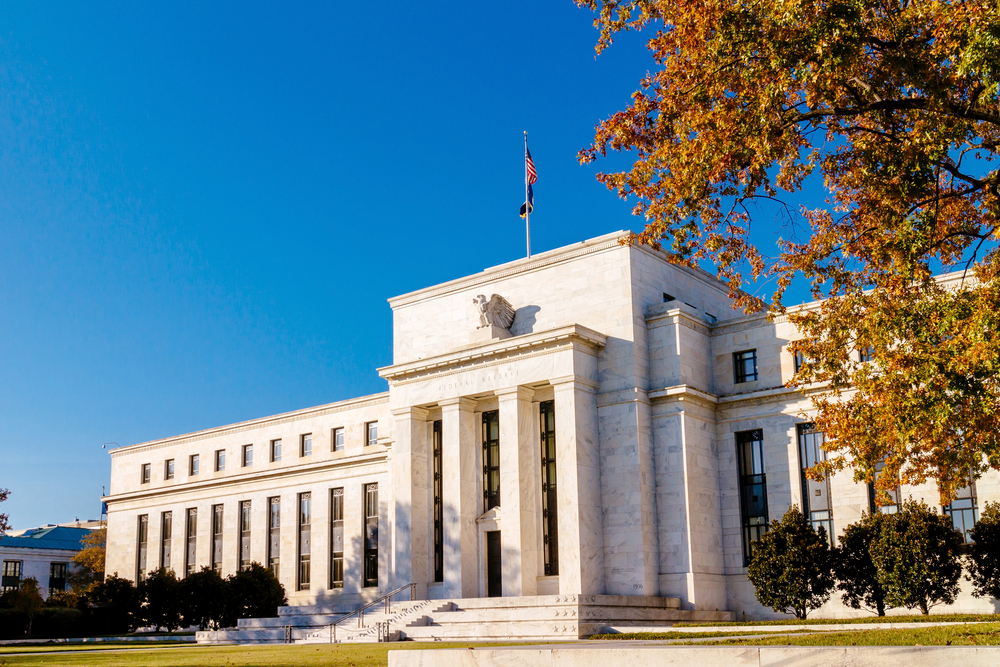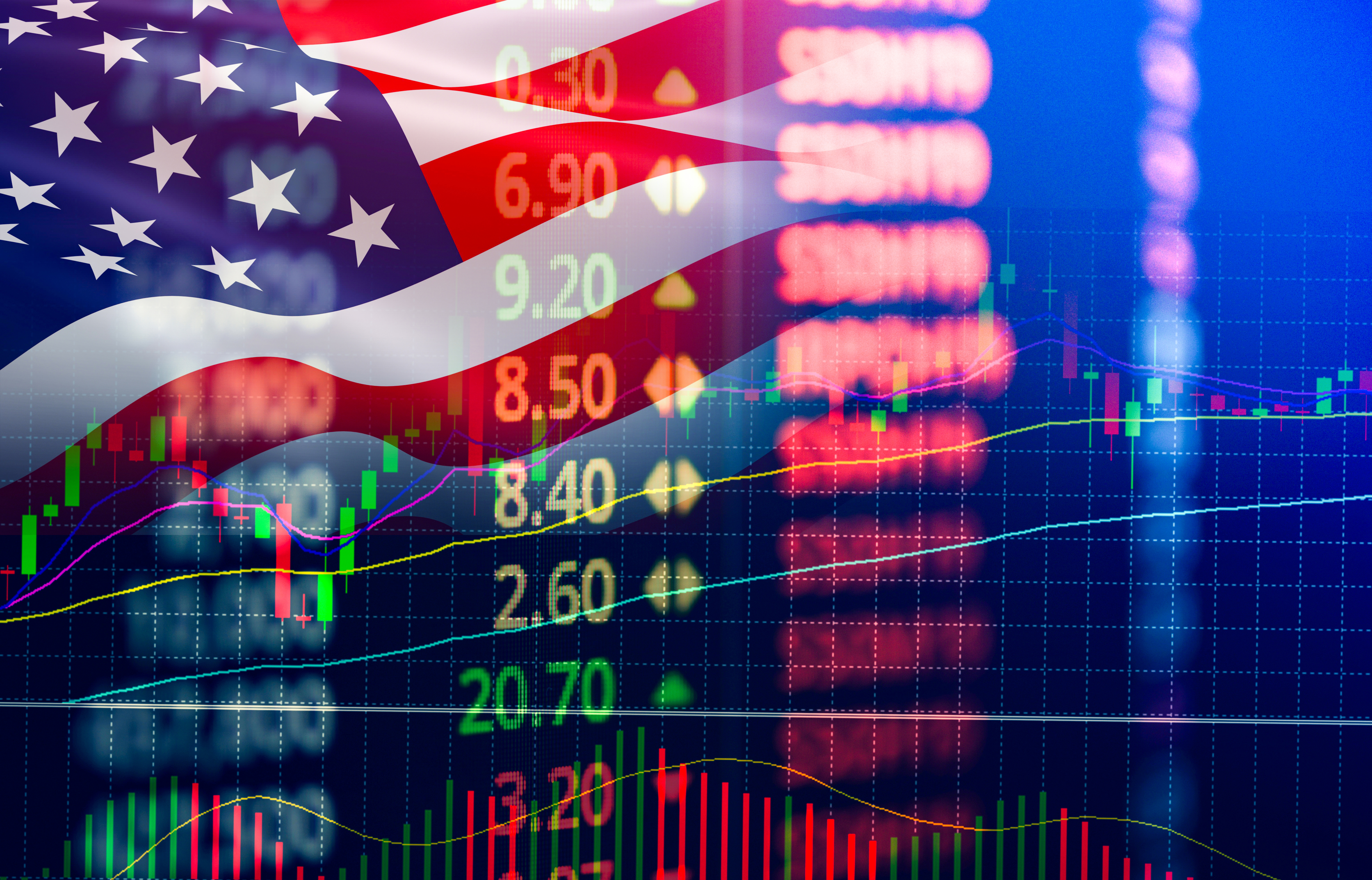Inflation Expectations & Oil and Food Prices
Inflation and inflation expectations have been playing a key role in the markets recently. Although supply disruptions caused by supply chain problems are labelled as 'temporary ones' by the policy makers of developed countries, rate increase forecasts due to the inflationary expectations started to affect price movements.
The world's largest importer's Consumer Price Index (CPI) reached 5.4 percent on an annual basis. In the same period, export giant China's producer price index (PPI) reached 10.7 percent, the highest of the last 26 years, put pressure on prices and raises concerns over a strict pricing of assets.
Cumulative Effect of Energy Inflation
The reasons underlying the inflation outlook: cumulative effect of the rise in energy prices.
Upon the announcement of coronavirus as pandemic by the WHO in March, Federal Reserve and many other central banks of developed countries had started to implement an ultra-loose monetary policy as a result of the increasing demand, leading to a rise in international commodity prices. At this point, considering the cost-effective abundant liquidity supporting the growth of industrial production, the impact of increased energy demand is significant.
On the other hand, although the Organization of the Petroleum Exporting Countries (OPEC), which went to a strong production cut in the first period of the pandemic, decided to increase production by 400 thousand barrels per day at 19th OPEC and non-OPEC Ministerial Meeting. And it is very clear that the supply conditions remain below demand in the current conditions. In addition, production cuts caused by Cyclone Idai and a cold weather wave in Texas also contributed to this situation. As a matter of fact, oil prices, which have reached the peak of 7 years, give warnings.
At this point, the cost pressure created by the rise in energy prices in production activities, as well as the upward effect on fuel costs play an important role in the pace of the price rises. Food inflation, which has emerged as the first element of the increase in transportation costs here, is a problem that has become difficult to solve from the point of view of policymakers.
Global Food Prices hit record
According to data released by the United Nations Food and Agriculture Organization (FAO), the global food price index reached 128 points, close to the highest level of the last 10 years, led by demand for vegetable oils, cereals, meat and sugar. The annual change of the index is more than 30 percent.
However, in addition to the demand function created by the strong subsidies of the central banks of developed and developing countries and public authorities, climate conditions also have an impact on prices.
According to a report by the UN-affiliated Intergovernmental Panel on Climate Change (IPCC), the increase in global temperature predicted by the Paris Climate Agreement will be exceeded by 1.5 degrees. Global policymakers often exclude energy and food from their targets, taking into account core inflation, to reveal how rigid price increases are.
To sum up, the high levels in international commodity prices is the main determinant of inflation expectations and unless developed countries take significant steps in alleviating the price pressures, the effects will continue on the debt market.
The 10-year US treasury yields, which are viewed as the indicator in the interest market, are settled above 1.50 percent in current terms. The continuation of the decline in expectations may affect the borrowing cost of developing countries, slowing the recovery, and may also cause downward pressure on relatively risky emerging markets and stock markets.





